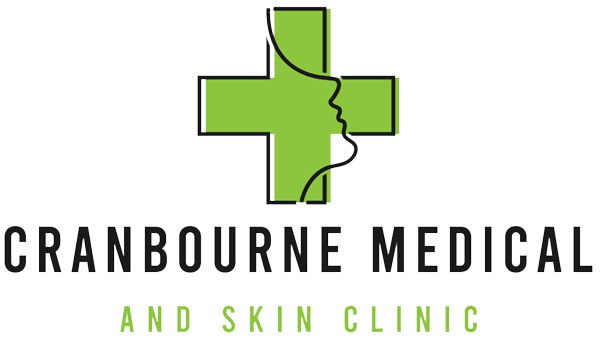Anyone, regardless of age or gender, can get skin cancer. It is the most prevalent type of cancer. Skin cancer clinics will work with patients to take preventative measures against skin cancer. Do you have a concern about an anomaly or growth on your skin that needs to be examined by a doctor? Early detection and treatment of skin cancer are critical to successful therapy.
What is Skin Cancer?
When abnormal skin cells grow out of control and form tumors, they develop skin cancer. The following are the most common types of skin cancer:
Basal cell carcinoma: Basal cell carcinoma is a skin cancer that most often appears on the shoulders, neck, and head. If not fully excised, it might return in sunny locations like the shoulders, neck, and head. Patients who have had basal cell carcinoma are more likely to develop it again.
Squamous cell carcinoma: Squamous cell carcinoma looks like open sores, scaly red patches, or tumors on flat cells that are constantly shedding. If left unchecked, cancerous cells can spread slowly to other areas of the body if not treated.
Melanoma: Melanoma is an aggressive and potentially deadly disease that may spread to other areas of the body if not detected promptly. Early detection or Skin cancer checks are critical for successful therapy.
Skin Cancer Checks – Early Detection Starts With You
If you notice something NEW, CHANGING, or UNUSUAL, get checked by a dermatologist right immediately. It might be skin cancer. This includes:
- A pea-sized, transparent, tan, brown, black, or multiple colored growths that increase in size.
- A mole, birthmark, or brown spot that grows in size, density, color, or texture changes, or is bigger than a pencil eraser.
- Itching, hurting, crusting, scabbing, or bleeding in a particular place.
- A persistent open sore that does not heal within three weeks.
How to perform a self-exam for Skin Cancer
Examine Your Face
Especially your face and the region around your eyes, mouth, nose, lips, and ears — both front and back. To obtain a clear view, utilize one or both mirrors.
Inspect Your Scalp
Examine your scalp with a blow-dryer and mirror, checking each area for problems. If you can get assistance from a friend or family member, do so.
Check Your Hands
Between the fingers and beneath the fingernails, elbows, and shoulders. Examine both sides of your wrists from top to bottom.
Scan Your Arms
Begin with your elbows and work your way down your upper arms, paying special attention to all sides. Also, inspect the underarms.
Inspect Your Torso
Then, concentrate on the neck, chest, and torso. Expose the undersides of the breasts by raising them.
Scan Your Upper Back
Use the hand mirror to inspect your back of neck, shoulders, upper back, and any part of the back of your upper arms you couldn’t see in step 4.
Scan Your Lower Back
Still utilize both mirrors to examine your lower back, buttocks, and the backs of both legs.
Inspect Your Legs
Sit down with one stool or chair between your legs and examine your genitals in the hand mirror. Examine the genitals, starting with the front and moving to the sides. Then work your way up to the ankles and feet, finishing with soles, toes, and nails (without polish).
When to See a Doctor at Skin Cancer Clinic
If you notice any changes on your skin that concern you, make an appointment with your doctor. Although all skin anomalies are not caused by cancer, some are. Your dermatologist will investigate all of your symptoms in order to determine a cause.
